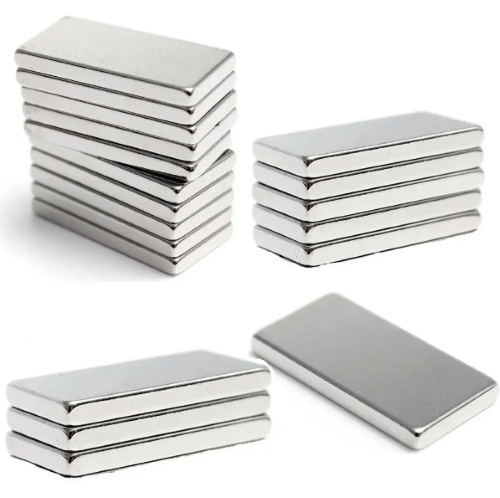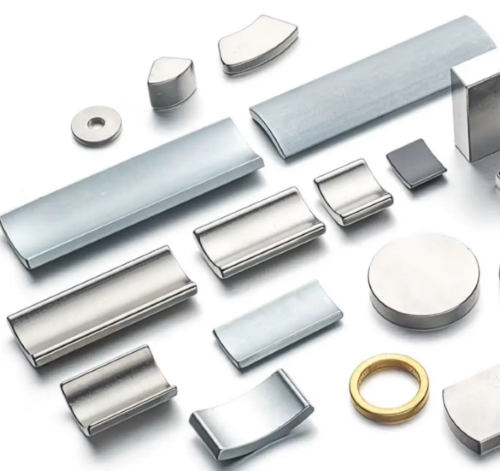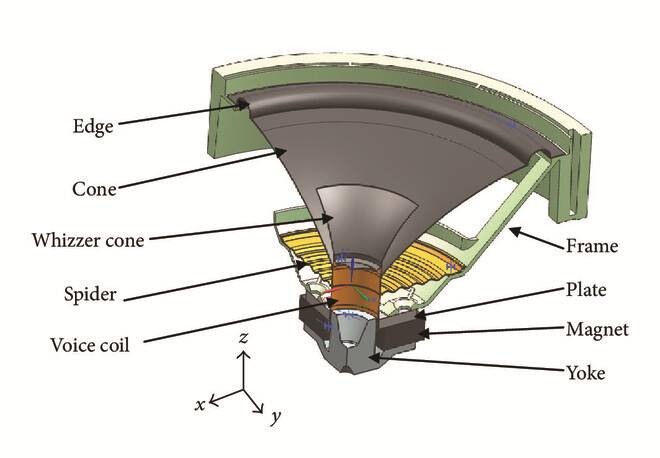All You Need to Know about Bonded Magnets
Many of our customers may have such questions: what's a bonded magnet, what are the differences between bonded magnets and sintered magnets, and what are the advantages of bonded magnets? If you are interested in those questions, keep reading please, because, in this article, you will find all you need to know about bonded magnets.
What's a bonded magnet?
A bonding magnet is a complex composed of magnetic powder, adhesive, and appropriate additives. The magnetic properties of a bond magnet are determined primarily by the average properties of each magnetic particle with negligible interactions. Although some studies have tried to use low-melting-point metals or alloys as adhesives, the adhesives used in mass-produced bonded magnets are all polymer materials.
What are the differences between bonded magnets and sintered magnets?
Unlike sintered magnets, the individual powder particles of bonded magnets must have a sufficiently high coercivity. If the phase composition and microstructure required for high coercivity are severely damaged in the powdering process, a good bonded magnet cannot be made, because the damage of the grain boundary phase and the oxidation of the particles have greatly reduced the coercivity.
Another major difference between bonded magnets and sintered magnets is that the magnetic properties of bonded magnets are greatly reduced. We know that the maximum magnetic energy product of a magnet is proportional to the square of its remanence, and the remanence is proportional to the saturation magnetic induction, orientation, and volume filling rate of the magnetic powder in the magnet. Binders and additives occupy a considerable volume (close to 20%) in bonded magnets, and many bonded magnets are not oriented. Even for oriented magnets, it is difficult to achieve the same level of orientation as sintered magnets, so the performance of bonded magnets with the same volume is far inferior to that of sintered magnets.
What are the advantages of bonded magnets?
Bonded magnets occupy an important position in the field of rare earth permanent magnets with the advantages of good performance consistency, precise size, complex shape, and high material utilization. Among them, the most important variety is the isotropic bonded magnet made of fast-quenched NdFeB magnetic powder.
Conclusion
Thank you for reading our article and we hope it can help you to have a better understanding of the bonded magnets. If you want to learn more about magnets, we would like to advise you to visit Stanford Magnets for more information.
As a leading magnet supplier across the world, Stanford Magnets has been involved in R&D, manufacturing, and sales of magnets since the 1990s. It provides customers with high-quality permanent magnets like SmCo magnets, neodymium magnets, AlNiCo magnets, and ferrite magnets (ceramic magnets) at a very competitive price.















